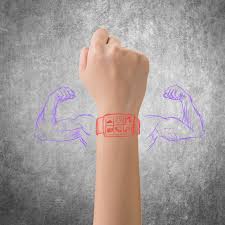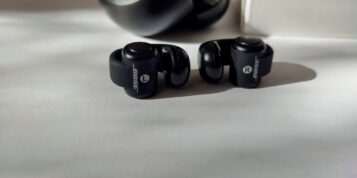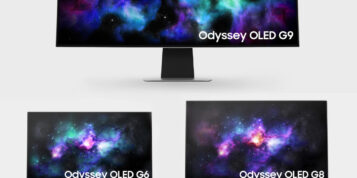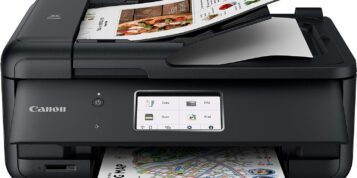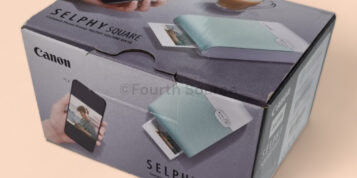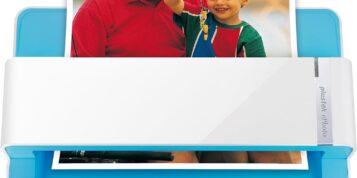Wearable tech in its current guise smashed onto the scene in early 2000 pioneering the way transforming and transcending every category from jewellery and glasses to frocks and footwear offering consumers the ultimate fluidity in on the go connectivity. From Dick Tracy to Back to The Future it is a development gleefully anticipated by science fiction writers but never entirely welcomed by consumers, with many hyped launches, often falling flat. But is this still a ‘test and learn’ phase or are we now seeing a maturing of the market with real world practicality winning out over speculation and sci-fi?
In 2012, Nicole Scherzinger lit up the turquoise carpet as she arrived at the launch of EE, Britain’s first 4G mobile network in the UK’s first and last ‘Twitter dress’. A mini dress layered underneath the black, floor-sweeping gown consisting of 2,000 LED lights turned the singer into a real-life message board for the incoming tweets, displayed in real time via the Twitter handle @EE. The dress created by London-based wearable technology specialists CuteCircuit created a fashion first.
Alongside the above, in what can only be described as a media frenzy, Google launched its hotly awaited Google Glass. It was everywhere, Diane von Furstenberg used the product on the catwalk at New York Fashion Week, while Virgin Atlantic tied up with the brand for flight crew to check in passengers on selected trans-Atlantic flights. Whilst available to a selected group of subscribers, it unfortunately never made the shelves but set the pace as the pioneer.
The sale of smart watches and trackers such as the Jawbone UP and Fitbit Flex accelerated in 2013 and things started to evolve rapidly. Then in 2015 we saw the launch of the first Apple watch. While there has been commentary on the demise of the whole category with Jawbone already defunct, smart watches are still the only product where we’ve seen continued sales and enhanced innovation with luxury brands like TAG Heuer launching a range of Google Wear OS devices. According to Statista, global wearable technology sales in 2018 were 123million units, with trackers making up 15m and smart watches 80m, with watches still growing faster than any other category.
There’s no doubt we’ve come to a point where the market is less about the consumer tech and gadgets that we might see in store and rather more about the application of wearable technology – driven by trackers/smart watches – in to other fields such as health and wellbeing that are having a real and valuable impact on people’s lives.
Wearables are evolving, and in 2018 Motiv won breakout of the year for their smart ring, but the jury is still out on its likely success. If we look at the list of exhibitors at the UK’s Wearable Technology Show 2019 it indicates that there’s more than just smart watches, but again many innovations are being driven by health and wellbeing. Most of the exhibitors are unknown brands so their potential staying power is uncertain.
I’ve seen the impact automated insulin delivery has on patients and parents of children with severe diabetes and WELT was one of the talked about pieces of tech from CES 19. The new SMART belt from Samsung can help tackle one of the biggest health challenges of the 21st century, rising obesity. The belt can monitor weight, walking speed, sitting duration and eating habits. Another interesting application of wearable tech is Quell 2.0. This over the device wearable from Neurometrix uses advanced neurotechnology to stimulate sensor nerves sending neural pulses to the brain and blocking pain signals. The device is designed to block multiple types and sources of pain.
It looks to me like the future of Wearable tech is in the sublime not the ridiculous. Tech companies that succeed will be the ones that understand consumer behaviour and are solving a real world customer need or problem, rather than just focus on ‘what’s possible’. Linked to real time data and tapping into human needs its potential now does seem potentially revolutionary, with applications in health particularly being game-changing. That most hyped of technology has found its groove enabling not just athletes to monitor wellbeing and lifestyle.
